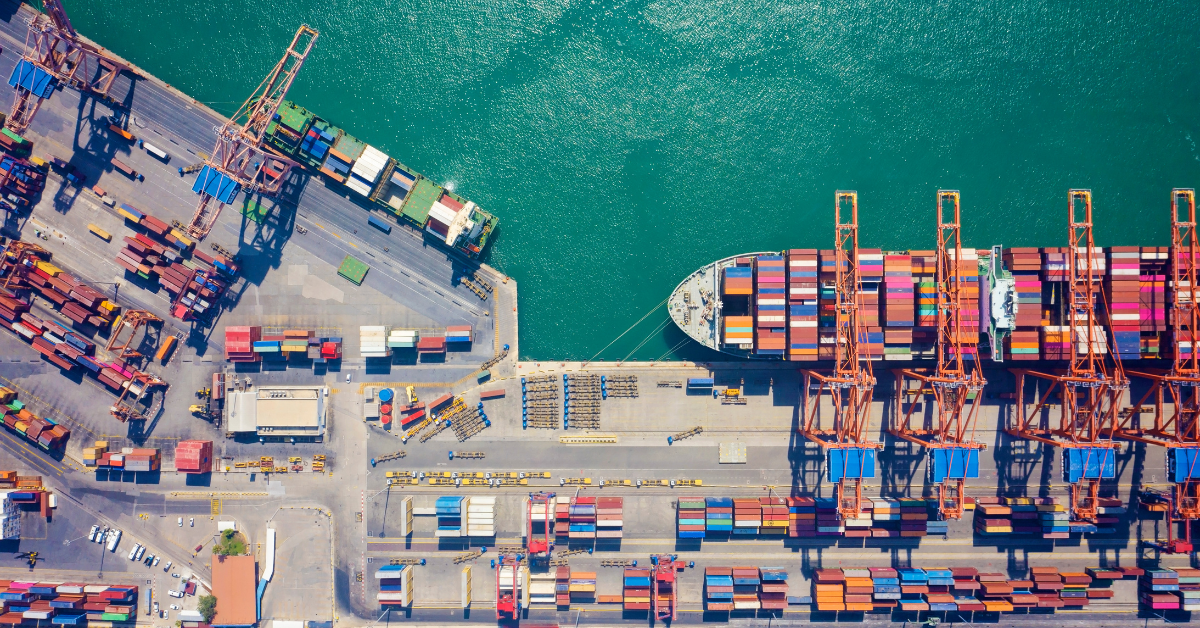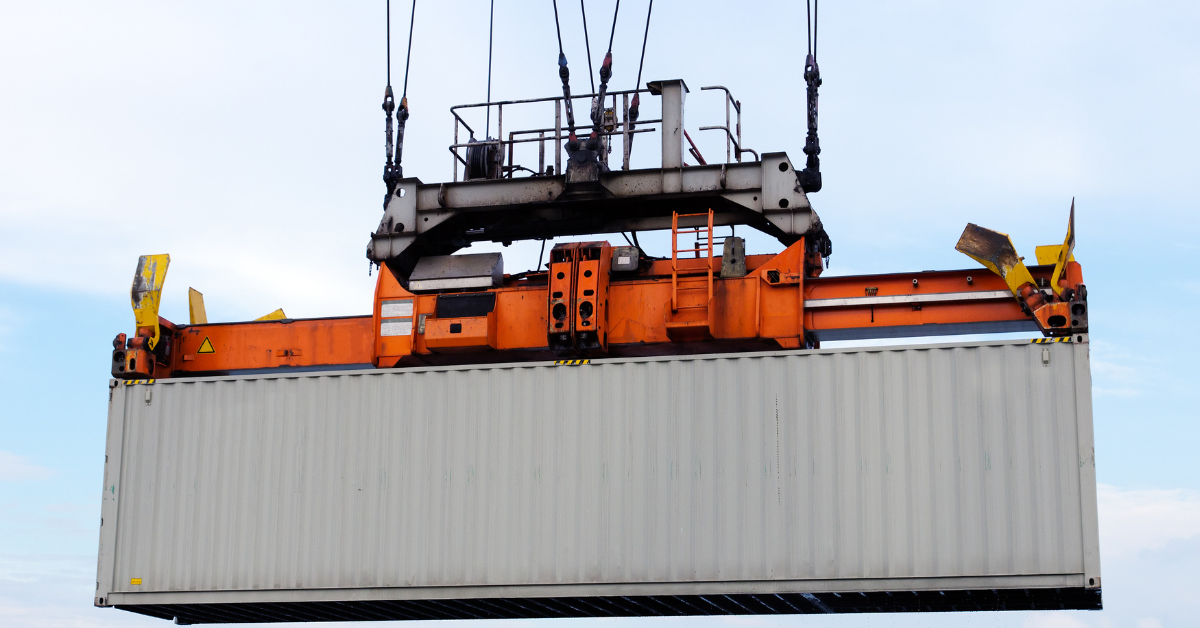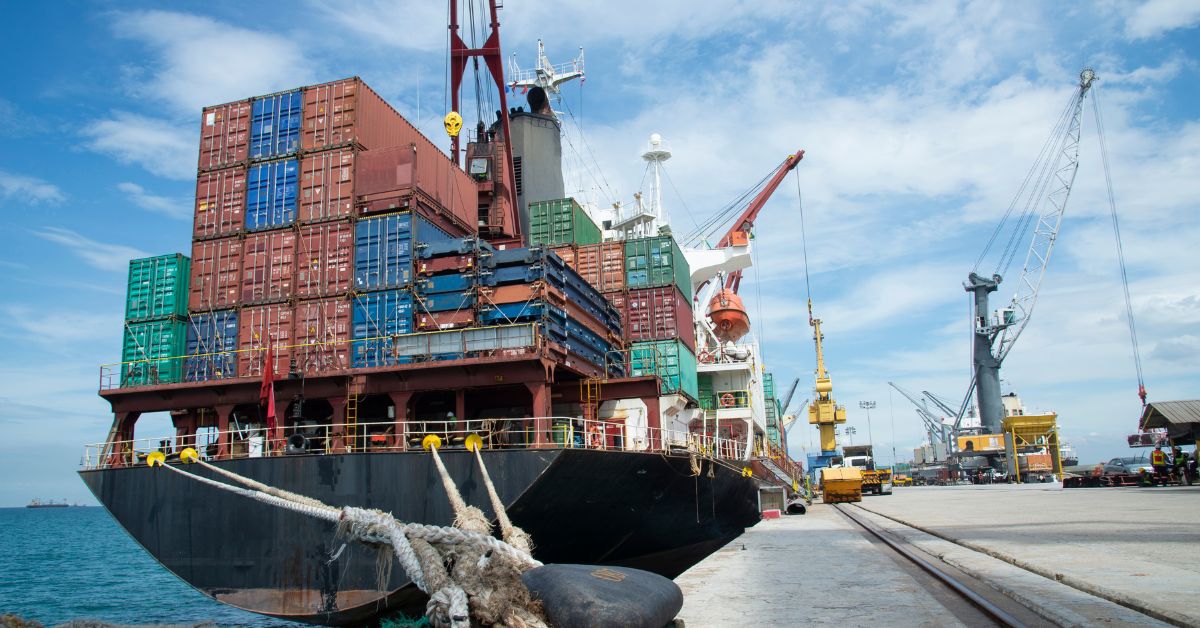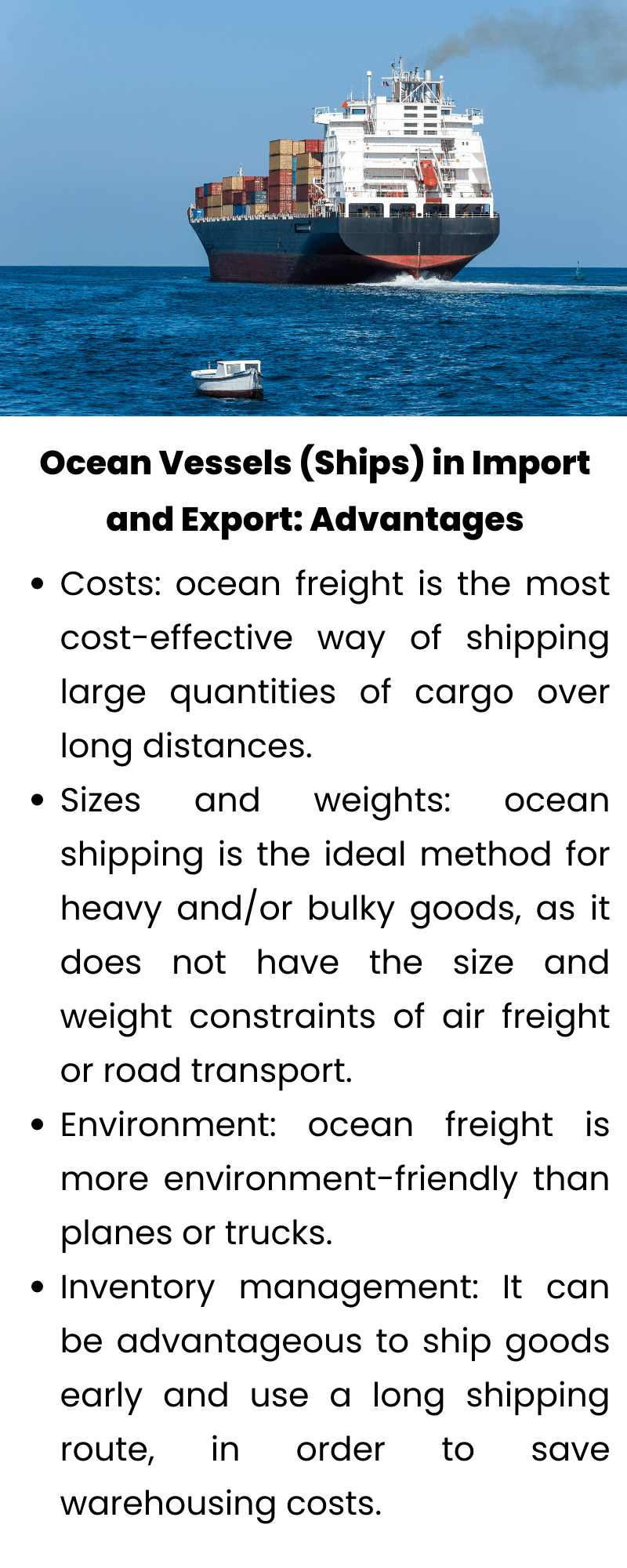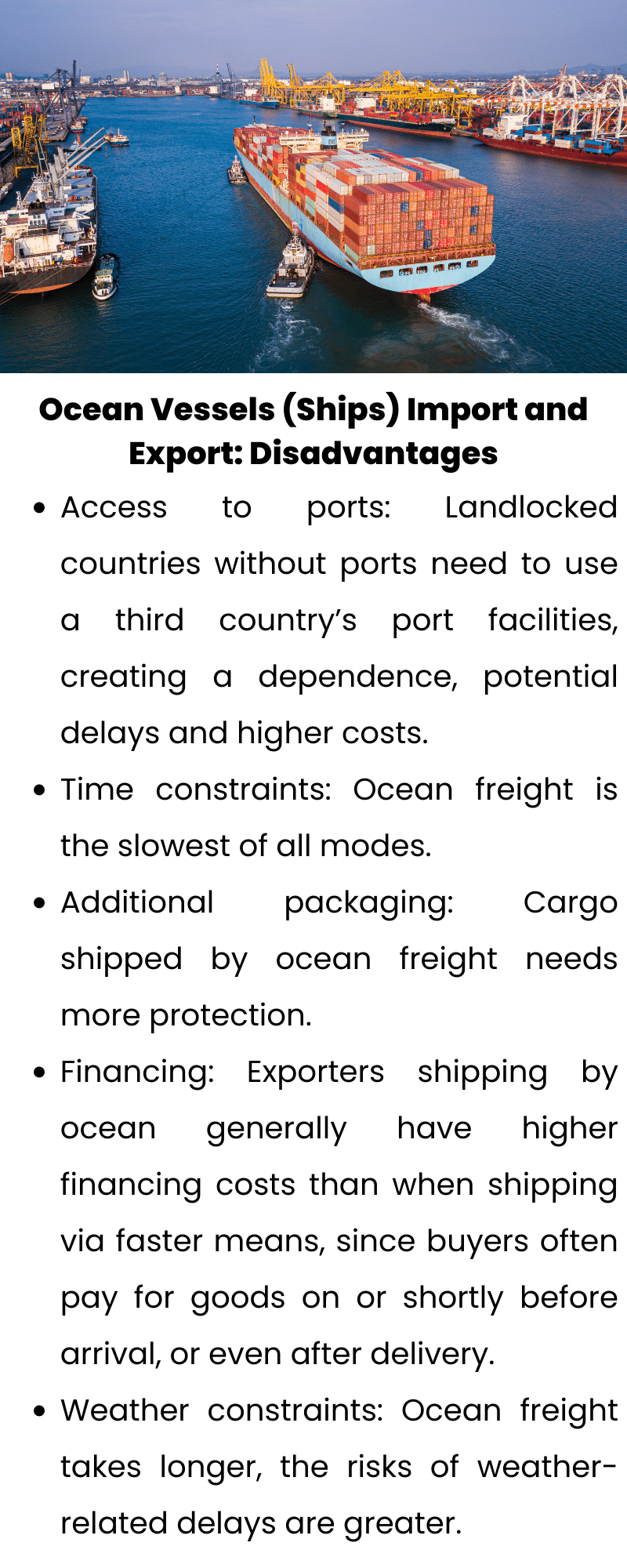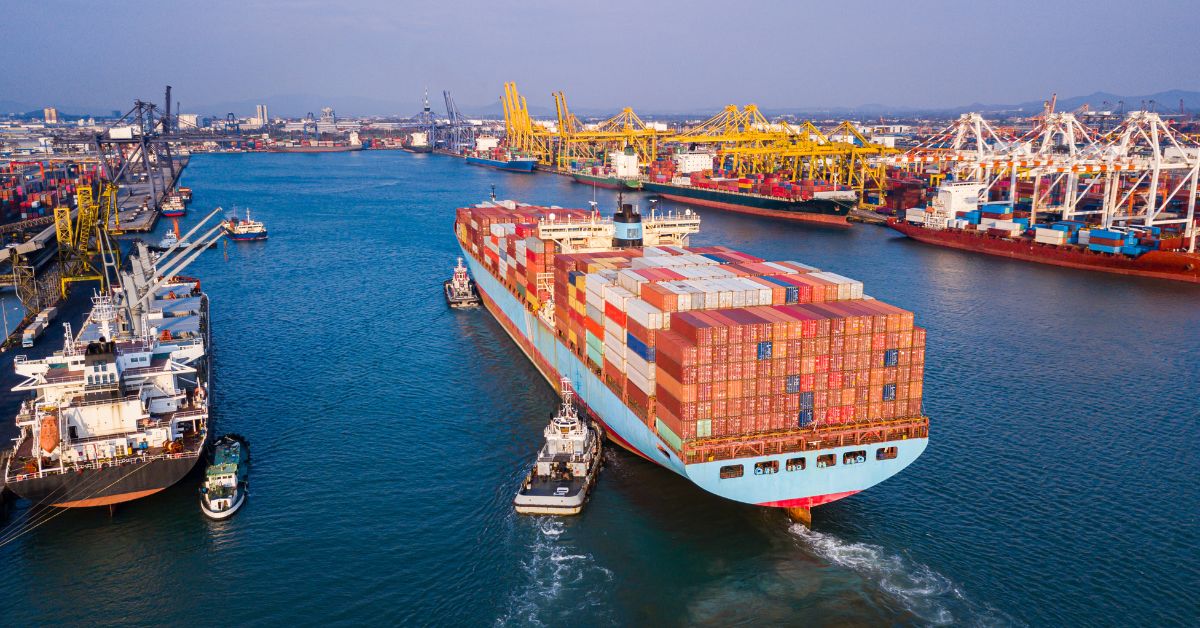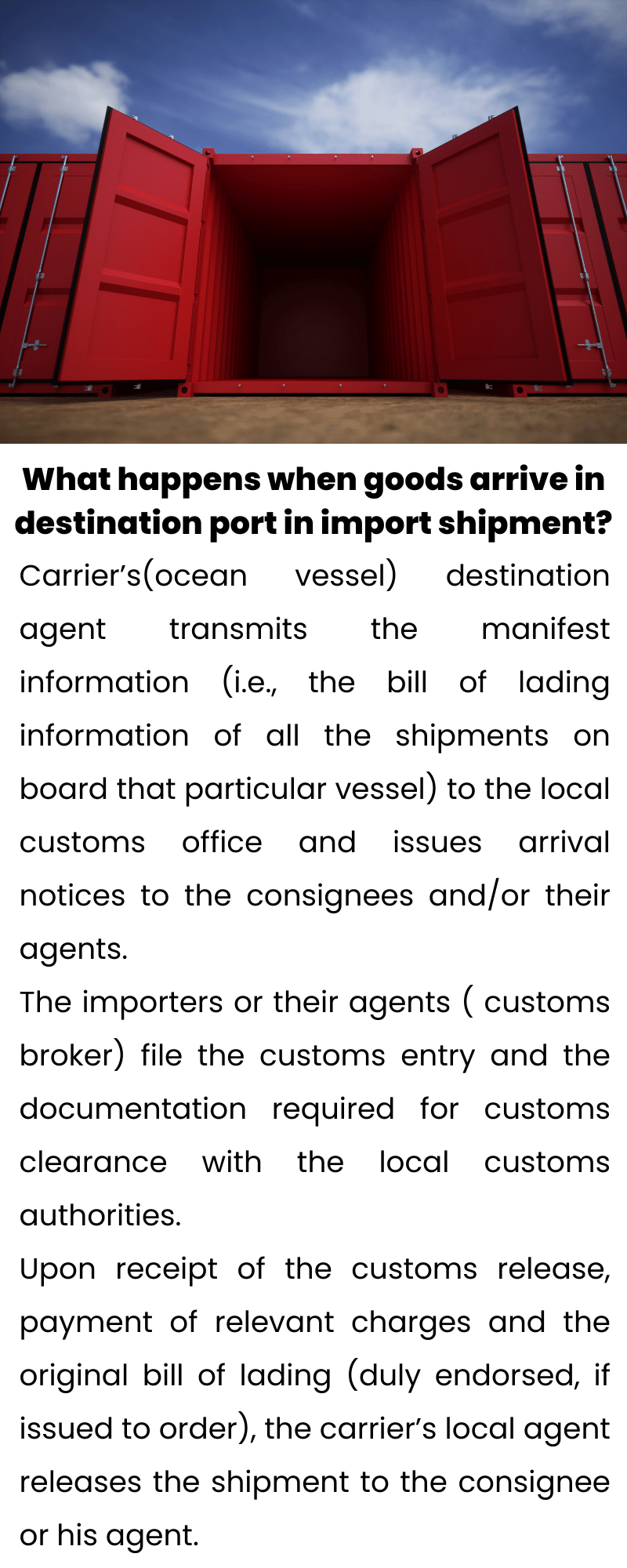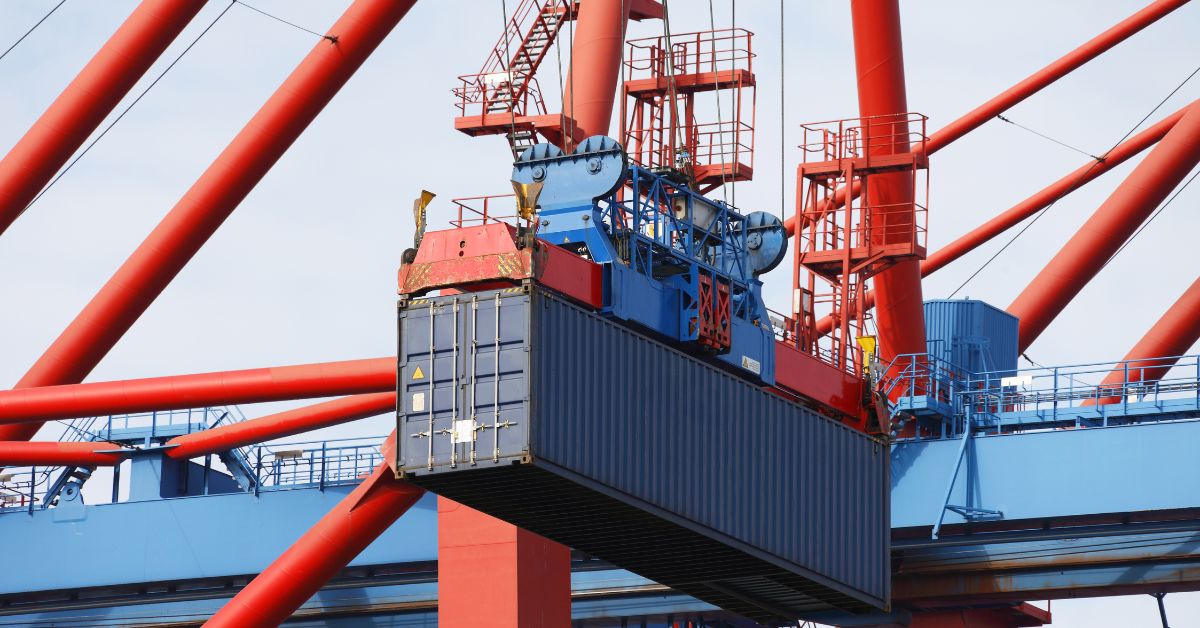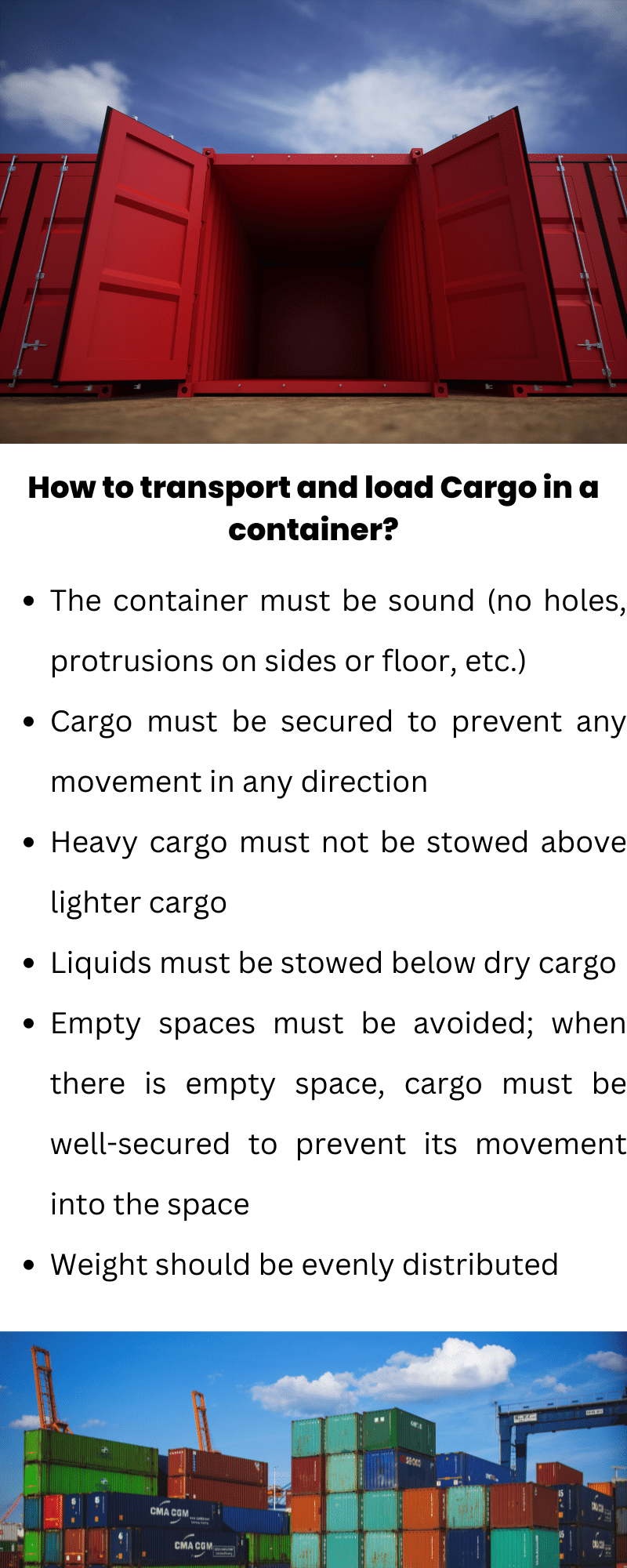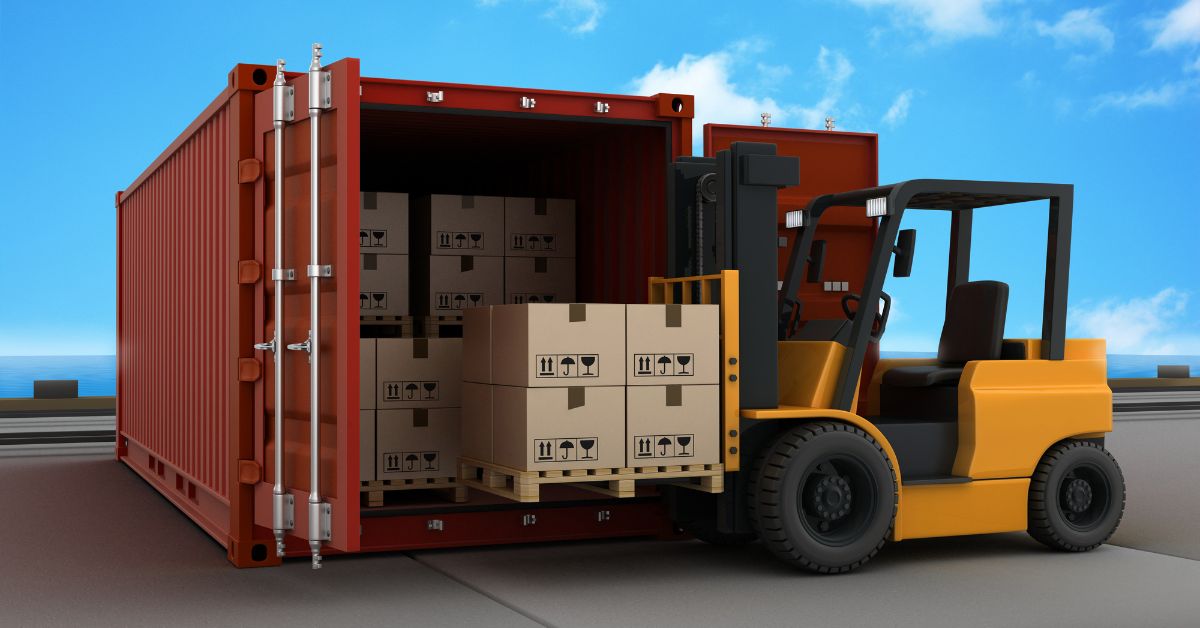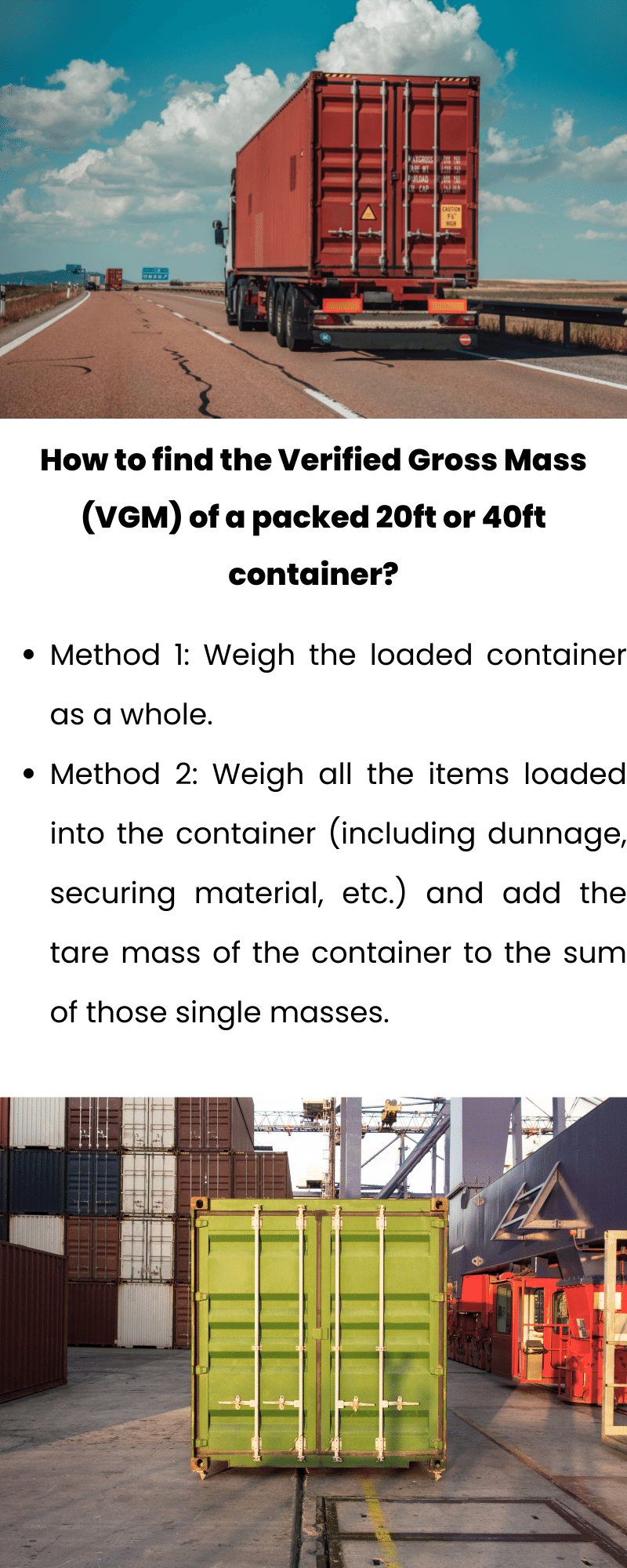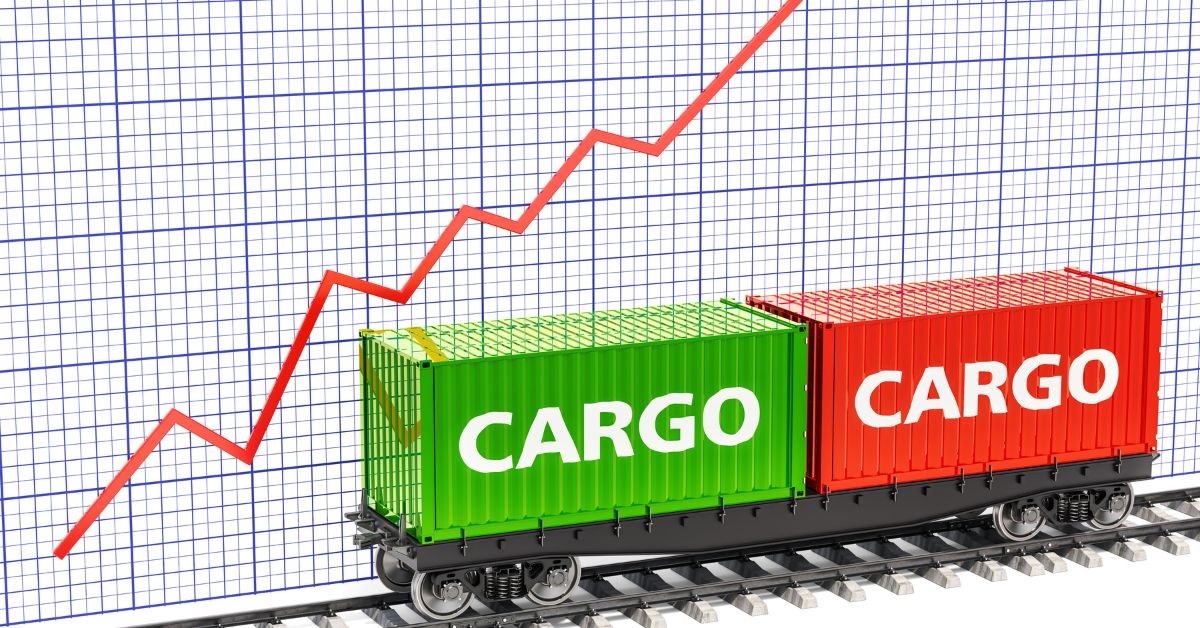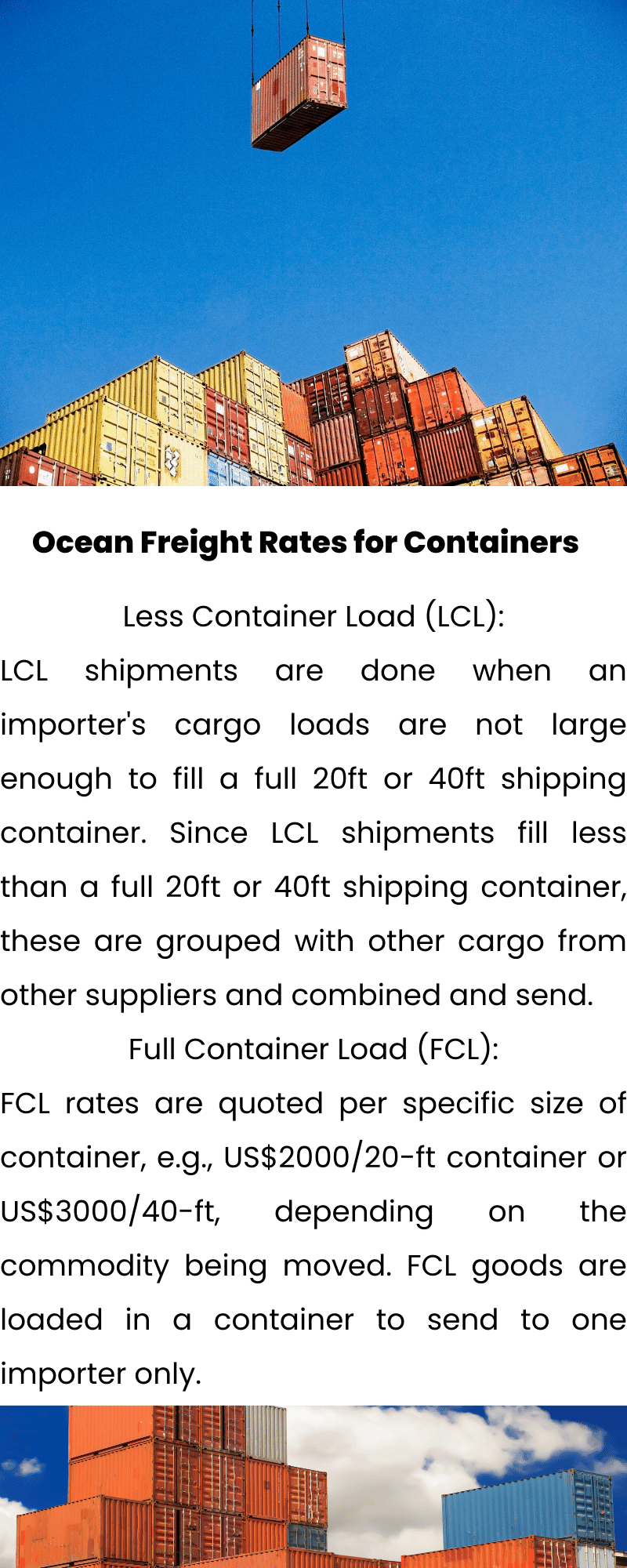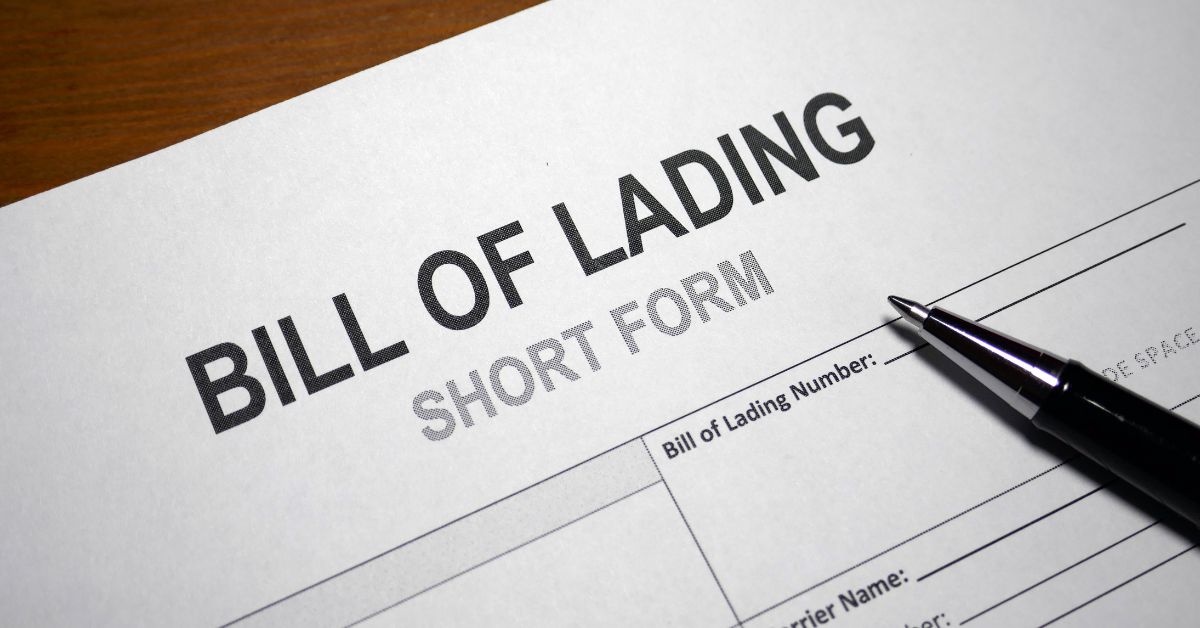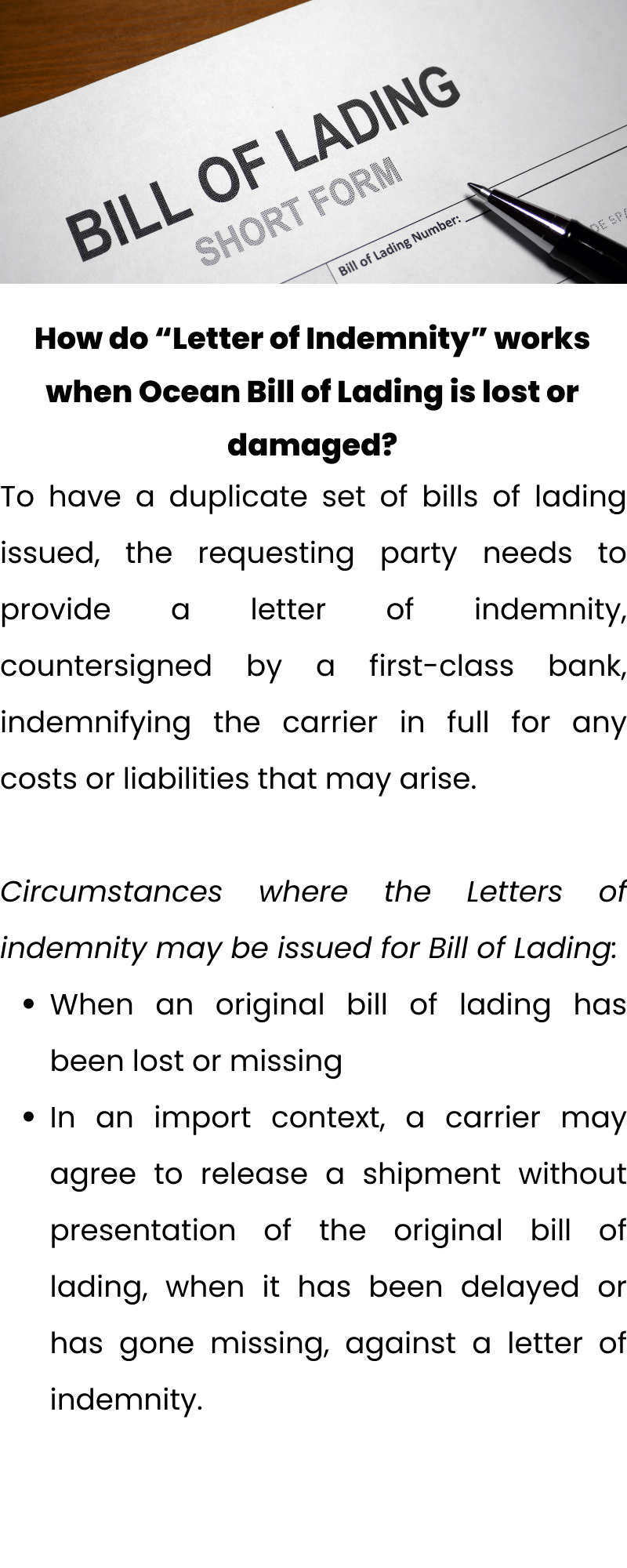What is Bill of Lading in Shipping ?
Bill of lading acts as a contract between the shipper, carrier and consignee stating what goods are being shipped, where the shipment is coming from, the origin and where it’s headed to, the destination.
The Bill of Lading is only issued after vessel departure from the Port of Loading and after the exporter has provided with all the details, such as the exporter details, consignee, notify party, commodity, weight, cargo description, etc.
Bill of lading also serves as a receipt, i.e., an acknowledgement that the goods have been loaded in the vessel and contains or evidences the terms of the contract of carriage.
Table of Contents
Types of Bill of Lading
Original bill of lading
Can be identified by the word “ORIGINAL” imprinted or stamped and initialed. There are normally three originals issued.
One of the main purposes of issuing an original bill of lading is to give the vendor the right to control ownership of the goods until the last possible moment.
“Straight” or “Straight consigned bill of lading”
A non-negotiable document stating that the goods are consigned to a specific person, i.e., the named consignee.
The carrier still issues a set of three originals, one of which must be surrendered by the named consignee at destination. They can be sent to the consignee or held by the shipper until payment is received or sent to the bank for documentary collection.
“to order bill of lading”
Provides for the delivery of goods to the order of a specified person (or an organization), which might include a bank.
This type of bill of lading is called “negotiable,” as it is part of a commercial transaction of ownership transfer.
The main purpose of negotiability is to give the shipper and/or the bank full control of the merchandise up to the point when payment is received.
combined transport operator (C.T.O.) and a multimodal transport operator (M.T.O.) bills of lading
Commonly used by freight forwarders who arrange for transportation from inland locations utilizing more than one mode of transportation, e.g., rail-ocean-truck, or air-truck-ocean. This bill of lading is equivalent to an ocean bill of lading.
Issued by the shipping line once the goods have been confirmed to be loaded aboard the ship.
“sea waybill”
Also known as an express bill of lading is a non-negotiable receipt issued upon receipt of the goods by the carrier.
It is inscribed with the words “non-negotiable.” This document does not convey title, as delivery of the goods is made to the named consignee without the need to present original documents. This assumes the consignee is identifiable by the carrier.
Such a document facilitates international trade, as it is not dependent on the production of documents, nor are consignments delayed while documents are obtained. It is the most practical document between common entities (same companies, etc.).
Ocean Bills of Lading vs. Sea Waybills or Express Bills of Lading
An ocean bill of lading has three functions:
- It is a receipt for the goods
- It is a contract of transport
- When issued in original form, consigned to order or to order of shipper and bank endorsed, it becomes a transferable title of ownership, i.e., whoever holds the original bill of lading, first the shipper, then subsequent parties to the transaction (bank, buyer) can claim the goods from the carrier.
When a bill of lading is issued as an “original,” it says so in the body (original stamp), it is signed and dated on behalf of the carrier and issued in a set of three (the fine print says so on the front of the bill of lading).
One of the originals must be surrendered to the carrier’s agent at destination in order to claim the goods (the remaining two originals become void).
When an original bill of lading is issued at origin, it is usually handed over by the carrier to the shipper (or its agent), so the shipper can use it to secure the payment from the buyer. It has a “blocking” effect, i.e., an original must be presented at destination in order to pick up the goods.
A sea waybill (or express bill of lading) fulfills only the first two functions of the original bill of lading but not the third function.
It is not an “original” bill of lading. It is not a negotiable document and the cargo will automatically be released to the named consignee against proof of identity and payment of relevant applicable charges (similar to air waybills).
Sea waybills (or express bills of lading) will therefore tend to be used when the shipper does not need the “blocking” effect of the original bill of lading and does not need to secure the payment from the buyer.
It follows therefore that original bills of lading will be used when goods are payable against a letter of credit and sea waybills will be used when goods have been paid in advance.
It is to be noted that care should be taken to ensure that the cargo description in a bill of lading matches the description required in a letter of credit.
“On board” notation in Bill of Lading is recommended (and compulsory for letters of credit).
